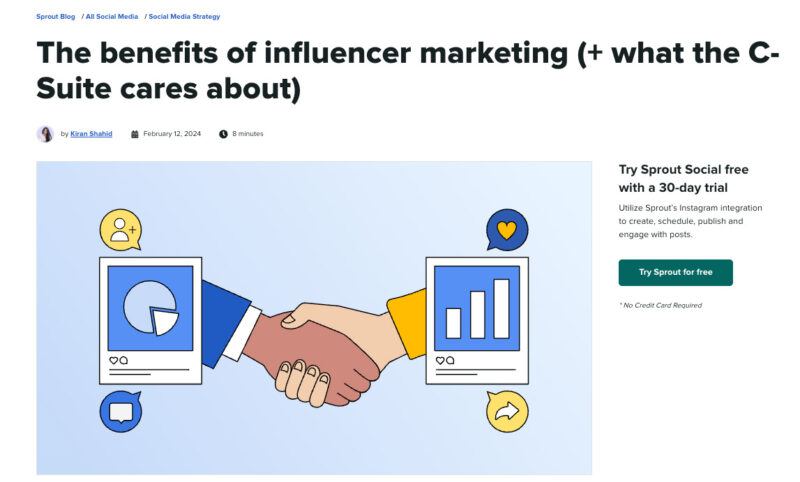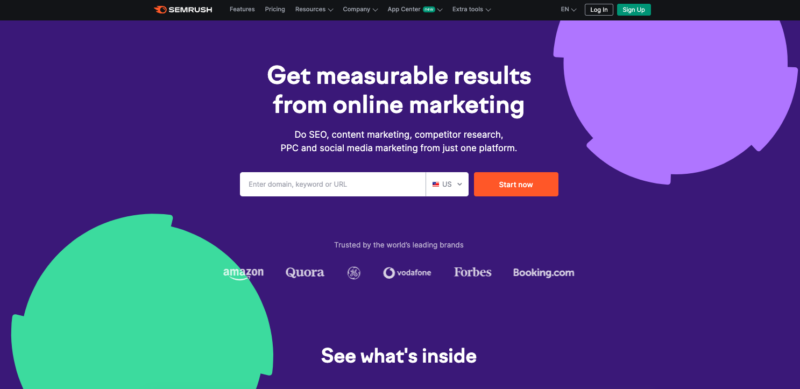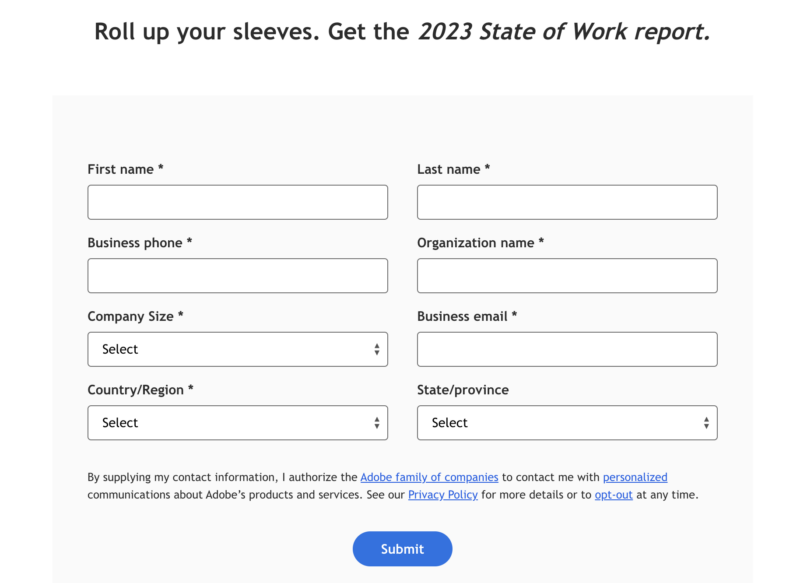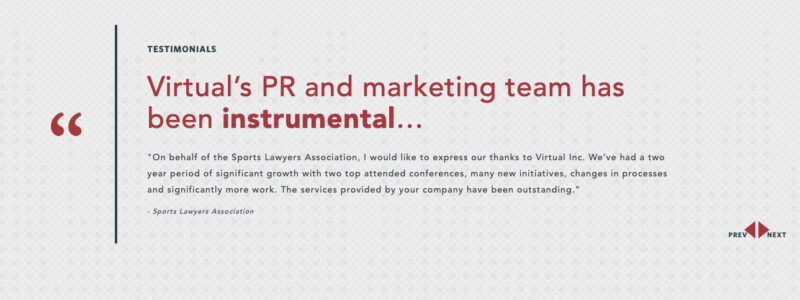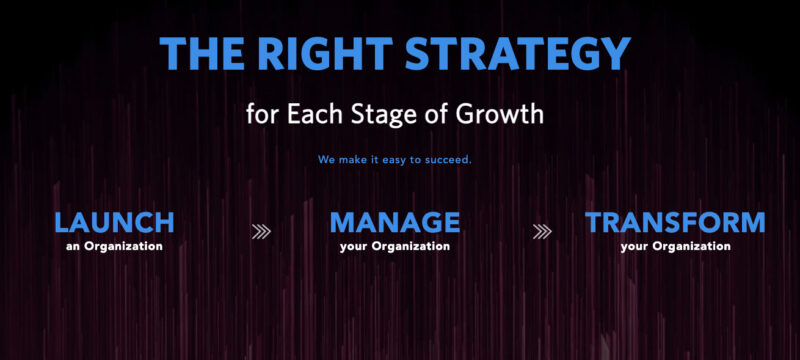The Ultimate Guide to High-Performance B2B Websites

Key Takeaways
- Tailored for B2B: B2B websites must cater to complex buying cycles and multiple stakeholders, emphasizing relationship-building and providing in-depth, technical information.
- SEO as a Foundation: Integrate a robust SEO strategy from the start—both technical (site architecture, page speed, mobile optimization) and non-technical (keyword research, content alignment)—to ensure high search visibility.
- Audience-Centric Approach: Identify and understand key buyer personas (decision-makers, influencers, end-users, gatekeepers, champions) to tailor content and design that resonates with their specific needs
- Responsive, User-Centric Design: Prioritize responsive design and intuitive navigation to deliver a seamless user experience across devices, ensuring quick access to information and clear calls-to-action.
- Content Strategy Integration: Develop a comprehensive content strategy that builds authority and educates your audience through blogs, case studies, research reports, and interactive content.
- Advanced Engagement Techniques: Leverage behavioral analytics, A/B testing, and interactive elements to optimize user engagement and boost conversion rates.
- Technical Optimization & Security: Ensure your website is technically sound with fast load times, secure connections (HTTPS), and proper on-page SEO to improve performance and trust.
- Embrace Future Trends: Stay ahead by adopting personalization, AI integrations, and immersive interactive content to continually enhance user experience and drive sustained growth.
Ever stumbled upon a B2B website that made you want to hit the “back” button faster than you could say “lead generation”? You know, the kind that’s less than captivating and with information overload, broken links, and a loading time that could rival a snail’s pace?
If so, you’ve experienced firsthand the consequences of a poorly designed website—a missed opportunity for that business to capture your interest and potentially gain a valuable customer. You don’t want your website to be the one users flee from.
In this in-depth guide, we’ll cover the best practices, strategies, website features, and technical aspects it takes to build the best website for your B2B company—complete with design examples you can draw from. Let’s begin.
Understanding B2B Website Foundation
B2B websites serve several critical purposes. They:
- Act as lead generation tools to attract potential clients and gather their contact information
- Help establish long-term relationships by creating content that showcases your expertise
- Enhance brand awareness which positions the company as a leader in its industry
- Support the sales process by providing product catalogs, pricing information, and technical documentation
- Offer customer support resources like self-service tools and knowledge bases
The ultimate goal of a B2B website is to drive sales. But the approach is more nuanced, focusing on building relationships, establishing credibility, and providing the information B2B companies need to make purchasing decisions.
Audience Identification
Understanding your target audience is the first step to creating a B2B website strategy.
Why?
B2B buying cycles involve multiple decision-makers, with an average of six to ten stakeholders involved in the purchase decision. These buying cycles tend to be longer, with an average duration of 2.1 months. Plus, the stakes are often higher compared to B2C purchases since B2B transactions typically involve larger volumes and longer-term commitments.
Getting this right means identifying the key personas involved in the buying cycle. These personas typically include:
- Decision-makers: These individuals have the final authority to approve the purchase. They typically focus on ROI, risk mitigation, and alignment with overall business goals.
- Influencers: While they may not have the final say, their opinions and recommendations carry significant weight. They often possess technical expertise or a deep understanding of specific needs.
- End-users: The individuals who will ultimately use the product or service. Their feedback on usability, functionality, and efficiency is invaluable.
- Gatekeepers: These individuals control access to decision-makers and influencers. They often filter information and may have their own agendas.
- Champions: Internal advocates who actively promote your solution within their organization. Their enthusiasm and influence can be crucial in driving the decision-making process.
Of course, you need to understand your audience’s pain points, motivations, and information-seeking behaviors to engage them.
How? By:
- Conducting surveys and interviews
- Speaking to your existing customer base
- Analyzing industry trends
- Chatting with your sales team and listening to sales recordings
- Monitoring online conversations
- Creating buyer personas
Investing time and resources in audience identification and research ensures you tailor your website to click with the right people.
Best Practices for High-Performance B2B Websites
Content Strategy
A content strategy is a plan that guides you in creating and sharing valuable content that attracts and engages your target audience.
A well-rounded content strategy generates leads, builds trust with potential customers, and positions your company as an expert in your field. The numbers support this—84% of B2B marketers believe content marketing helps them create brand awareness and 76% believe it helps them generate demand and leads.
Sprout Social understands this. They create:
Blog posts and articles that offer practical advice and industry insights
Case studies and customer stories that show how their products help
Research reports that provide the latest information on topics their audience cares about
Webinars and podcasts that let them connect with them audience and share their expertise
Balancing Visual Aesthetics and Functionality
You want your site to be visually appealing, but not at the expense of making it hard to use. A website that’s too flashy or cluttered can be overwhelming and confusing, causing visitors to leave without finding what they need.
On the other hand, a site that’s too plain or boring might not hold people’s attention or communicate your brand’s personality.
Find a middle ground where your design enhances the user experience instead of getting in the way.
Take Semrush, for example. They’re a company that provides digital marketing tools and analytics, so their website needs to be informative and easy to navigate.
However, they also use clean, modern design elements and pops of color to make their site visually engaging.
It guides visitors’ eyes to important information and calls-to-action without being distracting.
Advanced Strategies for User Engagement and Conversion
Technical Aspects of B2B Websites
Security Considerations
B2B websites often deal with sensitive information like financial data, trade secrets, and customer details. A security breach could damage your reputation, cost you money, and even put you in legal trouble.
Here’s what good B2B website security involves:
- SSL Certificate: This creates a secure connection between your website and your visitors’ browsers, making sure any information they share stays private. Look for the padlock icon in your browser’s address bar to see if a site has an SSL certificate.
- Strong Passwords and Authentication: Make sure your website’s login system requires strong passwords and consider adding extra layers of security like two-factor authentication.
- Regular Software Updates: Keeping your website’s software up-to-date helps protect against vulnerabilities that hackers could exploit.
- Web Application Firewall (WAF): This acts like a shield for your website, blocking malicious traffic and attacks before they can do any harm.
- Regular Backups: Make sure you regularly back up your website’s data, so you can quickly restore it in case of a disaster or security breach.
- Security Monitoring: Keep an eye on your website for any suspicious activity, like failed login attempts or unusual traffic patterns.
Dynamic Content Personalization
Dynamic content personalization means showing different visitors different versions of your site based on what you know about them. It could be as simple as greeting a returning customer by name, or as complex as completely redesigning your homepage for visitors from a particular industry.
Personalizing the experience boosts engagement, conversions, and customer loyalty.
Dynamic content personalization involves collecting visitor data (like their location, job title, or past behavior) and using tools to provide customized content. It could be through something like smart content modules that swap out blocks of text or images, or via personalized product recommendations and offers.

